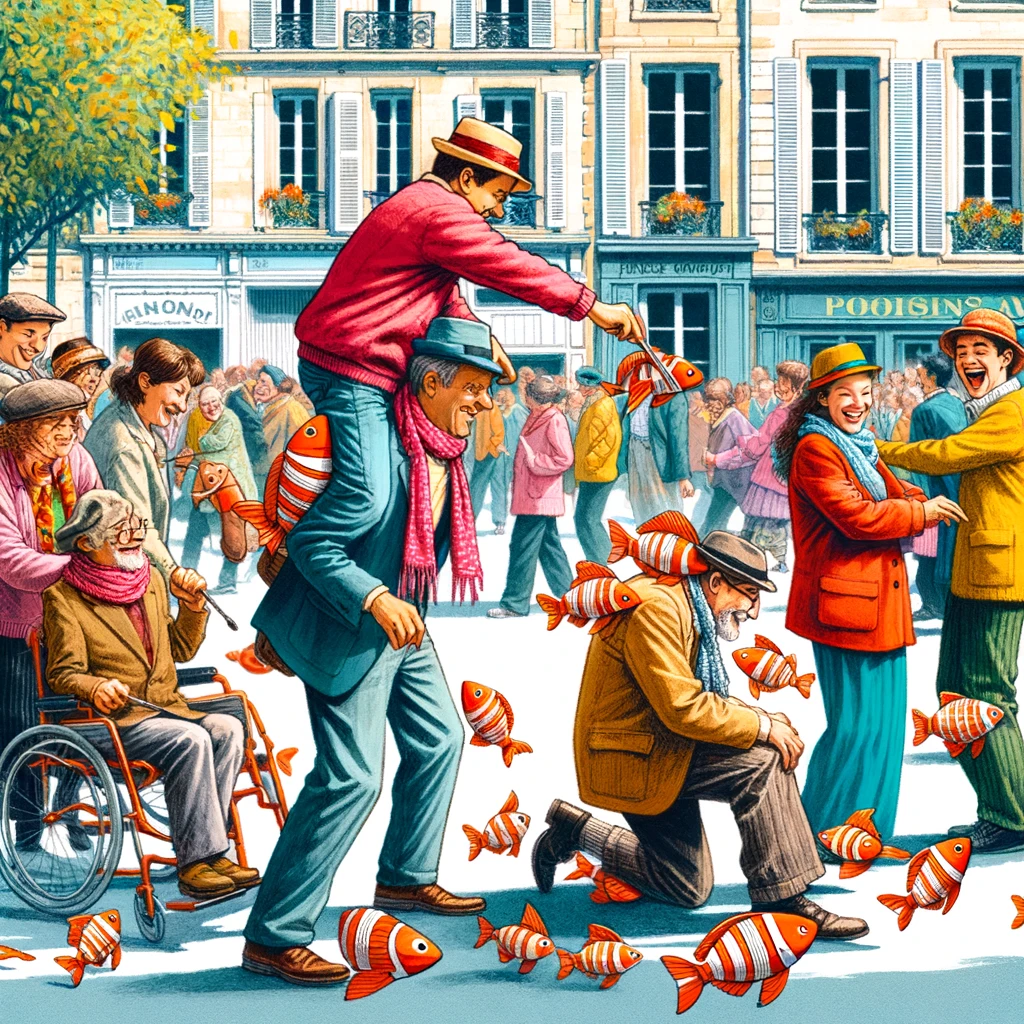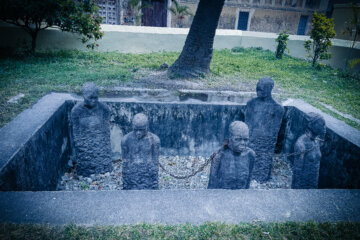April Fools’ Day and the Art of Playful Mischief
April Fools’ Day, celebrated on the first day of April, is a cultural phenomenon marked by the practice of playing pranks, spreading hoaxes, and indulging in all manner of jests. The tradition, embraced with both enthusiasm and caution around the world, serves as a reminder of the complexity of human nature, our love for humor, and the curious role that deception plays in our social fabric. But where did this peculiar custom originate, and what does it tell us about the art of lying as an intrinsic aspect of being human?
The Origins of April Fools’ Day
The origins of April Fools’ Day are shrouded in mystery, with several theories attempting to explain how this tradition came to be. One popular belief is that it began in 16th-century France with the adoption of the Gregorian calendar under the reign of Charles IX. The New Year, previously celebrated from the end of March through April 1st, was moved to January 1st. However, news traveled slowly in those days, and many people, either out of ignorance or resistance, continued to celebrate the New Year in spring. These individuals became the butt of jokes and pranks, including having paper fish placed on their backs and being referred to as “Poisson d’Avril,” or “April Fish,” symbolizing a young, easily caught fish and a gullible person.

Other theories trace the day’s origins to ancient festivals such as Hilaria, celebrated in Rome at the end of March by followers of the cult of Cybele, which involved people dressing up in disguises. Regardless of its true origins, April Fools’ Day has evolved into a global day of tomfoolery, celebrated with varying degrees of enthusiasm from country to country.
Lying as Human Nature
April Fools’ Day provides a lens through which to examine the nature of deceit and its role in human interactions. Lying, it seems, is a deeply ingrained aspect of human behavior. Psychological studies suggest that the capacity to deceive is an evolutionary trait, linked to our need to survive and thrive in complex social settings. From a benign white lie to spare someone’s feelings, to the strategic deceit in politics and business, lying manifests in myriad forms, reflecting the multifaceted nature of human relations.
Types of Lies
- White Lies: These are often considered harmless or even beneficial lies, told to avoid hurting someone’s feelings or to navigate social situations smoothly. For example, complimenting an unflattering outfit to spare a friend’s feelings.
- Fabrications: Making up information or a story that is untrue. These lies can be complex and detailed.
- Exaggerations: Stretching the truth or embellishing facts to make something seem more significant or better than it actually is.
- Deception: Intentionally withholding information, distorting the truth, or misleading someone for personal gain.
- Disease Models of Lying:
- Pathological Lying: Often associated with personality disorders such as borderline, narcissistic, and antisocial personality disorder, where lying is a chronic behavior not linked to obvious rewards.
- Compulsive Lying: Typically linked with obsessive-compulsive disorder (OCD), characterized by lying driven by an urge to reduce anxiety rather than for personal gain.
- Pseudologia Fantastica: Involves elaborate and fantastic stories, often observed in conjunction with psychiatric conditions.
- Neurological Disorders: Some neurological conditions can lead to lying due to cognitive impairments or altered brain activity, affecting truth discernment.
Yet, on April Fools’ Day, lying takes on a different hue. It becomes a playful, communal activity where the aim is not to harm or manipulate, but to amuse and surprise. This day reminds us that deception is not always malicious; it can also serve as a tool for bonding, allowing us to test the boundaries of trust and social cohesion in a controlled, often humorous manner.
The Double-Edged Sword of Humor
Humor, the heart of April Fools’ Day, is a double-edged sword. While it can unite people in laughter and shared amusement, it also has the power to alienate and hurt if not wielded with care. The day serves as a reminder of the delicate balance required in the art of deception and humor. It challenges us to consider the intentions behind our actions and the potential impact on those around us.
In a world that often takes itself too seriously, April Fools’ Day offers a respite, a moment to embrace the absurd and celebrate the lighter side of life. It is a testament to the complexity of human nature, a day when the trickster in each of us is given free reign, within the bounds of camaraderie and good spirit.
Conclusion
April Fools’ Day, with its murky origins and celebration of jest, serves as a fascinating reflection on human nature and our complex relationship with truth and deception. It underscores the role of humor in our lives, as both a unifying force and a potential source of discord. As we navigate the myriad truths and falsehoods that color our daily interactions, April Fools’ Day remains a yearly reminder of the joy that can be found in the unexpected, the importance of laughter, and the nuanced dance between sincerity and deceit that defines the human condition.




0 Comments